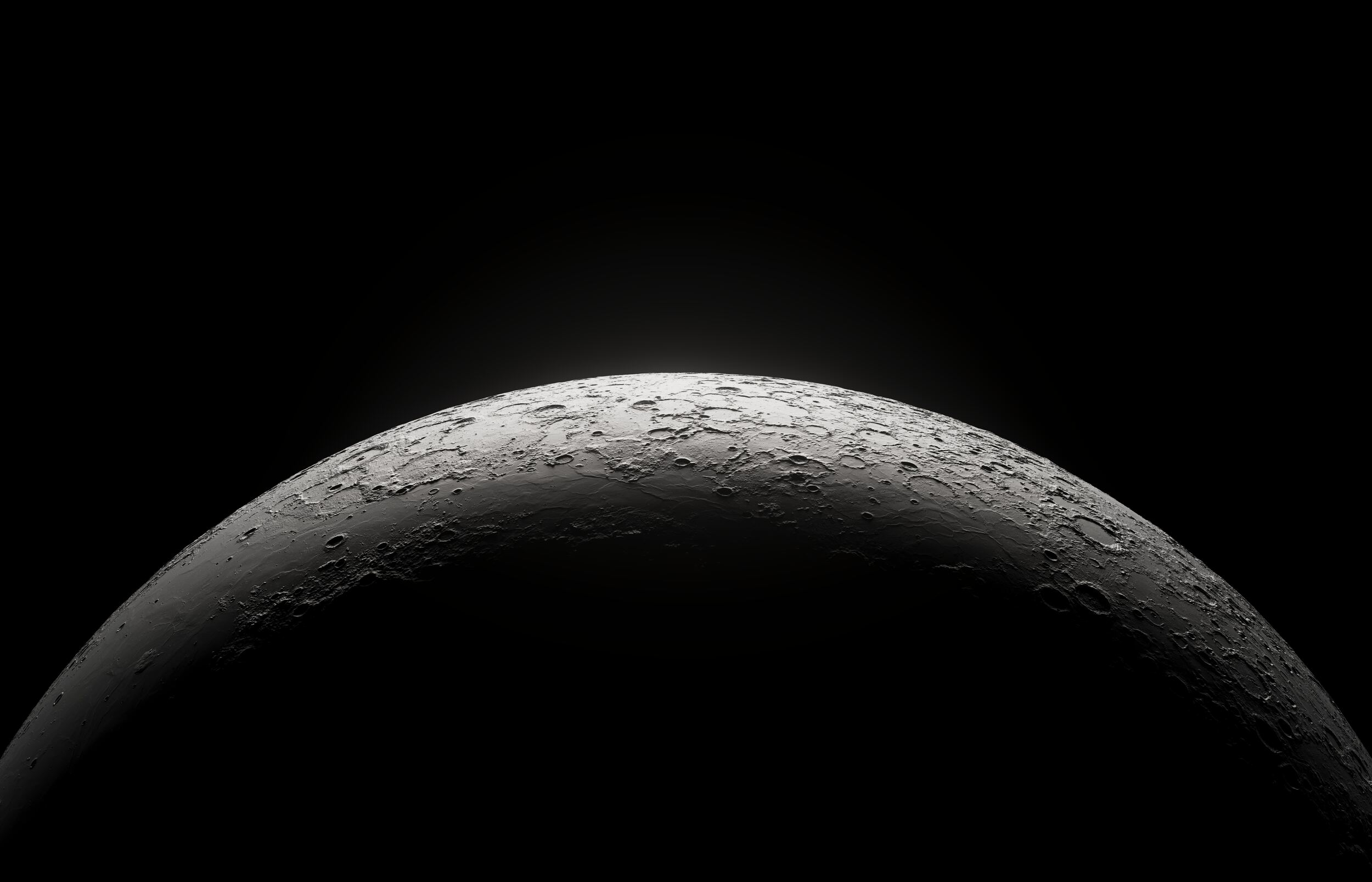Developing more sustainable space missions: Understand the Aquaporin Space Alliance

In 2013, Aquaporin created a joint venture with Danish Aerospace Company with one daunting goal: Creating an efficient water filtration system for aerospace. The joint venture got the name Aquaporin Space Alliance.
Both companies have years of experience in the aerospace industry and have worked with NASA and the European Space Agency (ESA).
Since the Aquaporin Space Alliance was formed, tests of several of our membranes and system prototypes have been conducted by NASA and ESA. The Danish astronaut Andreas Mogensen even tested parts of our water recovery solution on the International Space Station (ISS) on his space mission Iriss back in 2015.
From concept to reality
Aquaporin has been working on space exploration since 2007 when the Advanced Water Recycling Group at NASA's Ames Research Center was presented to the revolutionizing Aquaporin technology, which enables astronauts to filter water in space through Aquaporin Inside® protein filters.
Danish Aerospace Company has since 1988 developed equipment with the purpose of researching and developing technology for space. The Odense-based company specializes in software, electronics, and mechanical engineering, all suited for the challenging nature of flying in space. Over the years, the company has had more than 3.2 tons of equipment launched into space.
The Aquaporin Space Alliance technology has developed significantly since the joint venture's inception. The technology was first used in space on the Iriss mission to the International Space Station (ISS) in 2015. In December 2023, the Danish ESA astronaut Andreas Mogensen will once again conduct tests to secure drinking water for astronauts in an environment where access to water is a luxury.
Jörg Vogel, Vice President of Open Innovation at Aquaporin, has been a part of the space project ever since the project started, and he is excited about the technology heading into space once again.
"The first test of our membranes in space has shown that water filtration by membranes is possible even in microgravity. The experiments we will carry out on the Huginn mission this year will show us how well we will reject the different contaminants in the ISS wastewater, which consists of urine and humidity condensate."
Jörg Vogel, VP Open Innovation
"The results will solidify our knowledge and bring us closer to finalizing the complete water recovery system that we are currently developing, funded by ESA. Testing in space also pushes our technology to its limits and thus lets us test the robustness of our membranes and solutions, which also generates confidence in applicability in challenging environments on Earth."
Jörg Vogel, VP Open Innovation
The technology developed by Aquaporin enables astronauts to purify sweat, condensation, and urine into drinking water, thereby enabling extended space journeys.
New horizons approaching
The dream of venturing into space, once a tale confined to science fiction, is now a tangible and imminent reality. The quest for sustainable habitation on Mars drives the development of cutting-edge life support systems like water filtration in space.
"Our ultimate goal is to provide a solution for easy, reliable, and efficient water filtration in space with a recovery as close to 100% as possible. With the scalability of membrane processes, we envision providing water recovery systems for space stations, planetary bases, and even personal devices, making it safer for astronauts to venture out and explore."
Jörg Vogel, VP Open Innovation
Thomas A. E. Andersen, Chief Executive Officer at the Danish Aerospace Company, agrees:
"The technology may have enormous potential, not just within the space industry but also within a variety of more down-to-Earth applications, e.g., disaster relief areas. A fully operational system will prove the feasibility of purification and water recovery from human wastewater under extreme circumstances. This may come to be a tool in the future to fight water shortage in remote areas, especially where we find extreme heat."
Thomas A. E. Andersen, CEO at Danish Aerospace Company
Together in a joint venture, Aquaporin and Danish Aerospace Company boldly push the boundaries of Aquaporin’s technology, hoping to move towards a future where humanity's presence extends far beyond Earth, forever changing our understanding of ourselves and the universe we call home.




